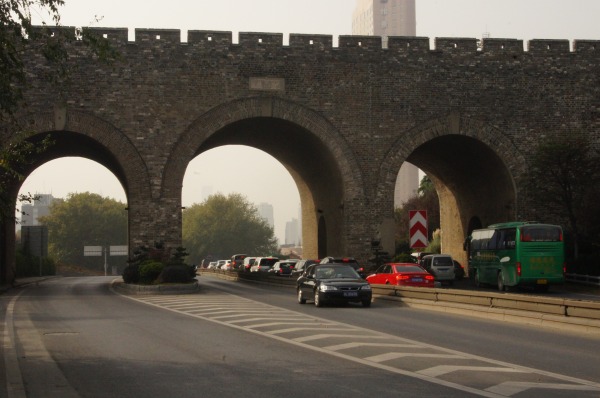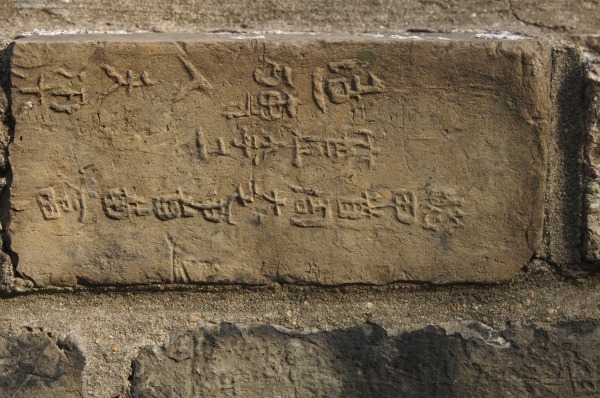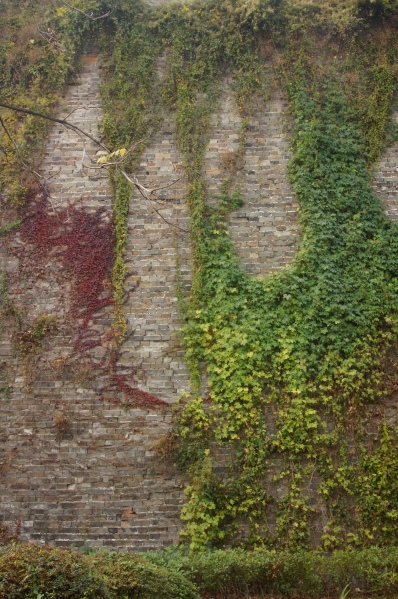Now that our first project has finished up and be presented and defended, we are off and running on the next project. Through a complicated process of voting and lucky draw, all the students were separated into four different groups each with a teacher and their own project. I was not able (or not lucky enough) to get the project I was hoping for but now that we are into the one I did get I am pretty happy with it.

The project I was placed with is a research project dealing with the Nanjing City Wall build during the Ming Dynasty. Besides the obviously cool historical part of the project, we are supposed to look at how the wall effected the dynamic development of the city itself. The teacher split up the 20 students in his group into four smaller groups, which will each work on one 1/4 section of the city wall. I am in a group with four other students and they all seem to be hard working and fun to work with, which I am endlessly grateful for.

During the first week of the project we chose to research the eastern section of the city wall and took the better half of a day to hike the whole section. Some of the wall is in good repair and you are able to walk along the top of it. Other sections are in need of repair and you can only view it from afar. Our section runs from Mu Xuan lake east over the mountains and by the botanical research gardens, down along the eastern side of the city to Zhong Shan gate, along Moon lake and stops at a 90 degree turn west where another groups section starts. It was a really long walk and I took over 400 photos. You are seeing some of them in this post.

The next week we started doing a comparison between the Nanjing City Wall and the Berlin Wall. As odd as it seems there are a lot of similarities between the two, disruption of development in areas of the city, destruction of parts of the wall (all be it for different reasons), the celebrates parts that are left standing whole. Large sections of the Nanjing wall are still bordered by military compounds just as they were during the Ming Dynasty, of course they are modernized now. We will present our findings later this week and then the professor will assign us the next step in our project.

So far this has been a really interesting project and I am looking forward to seeing what it develops into.
